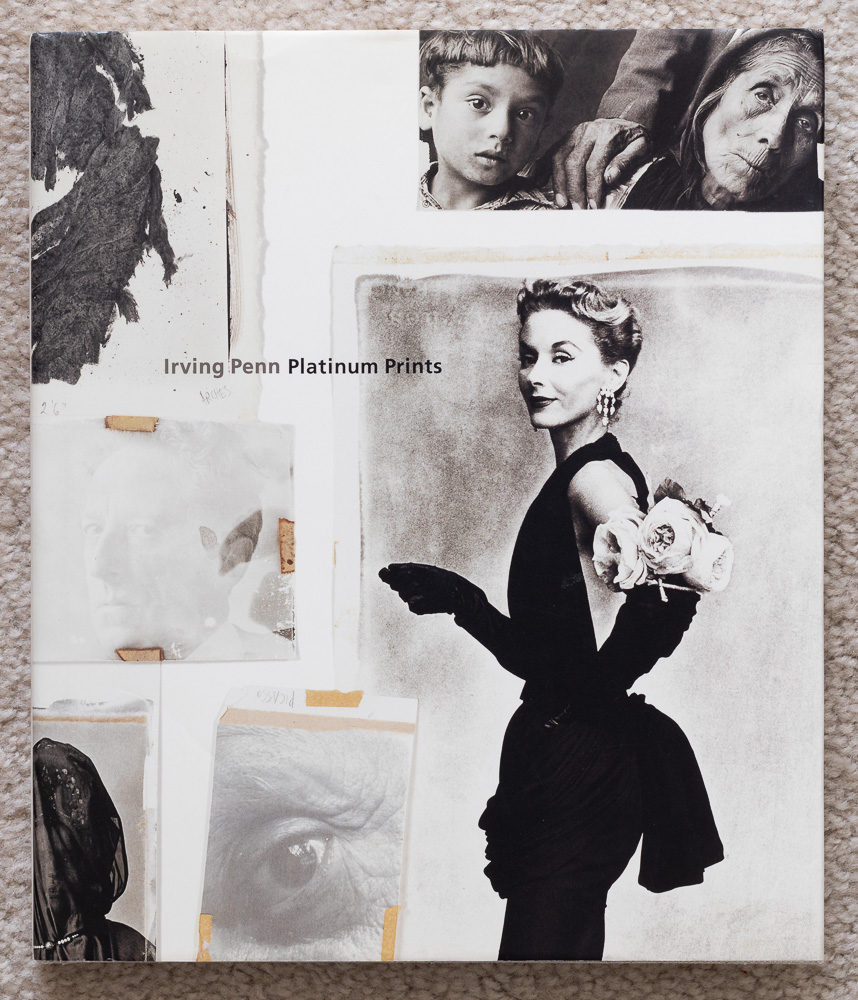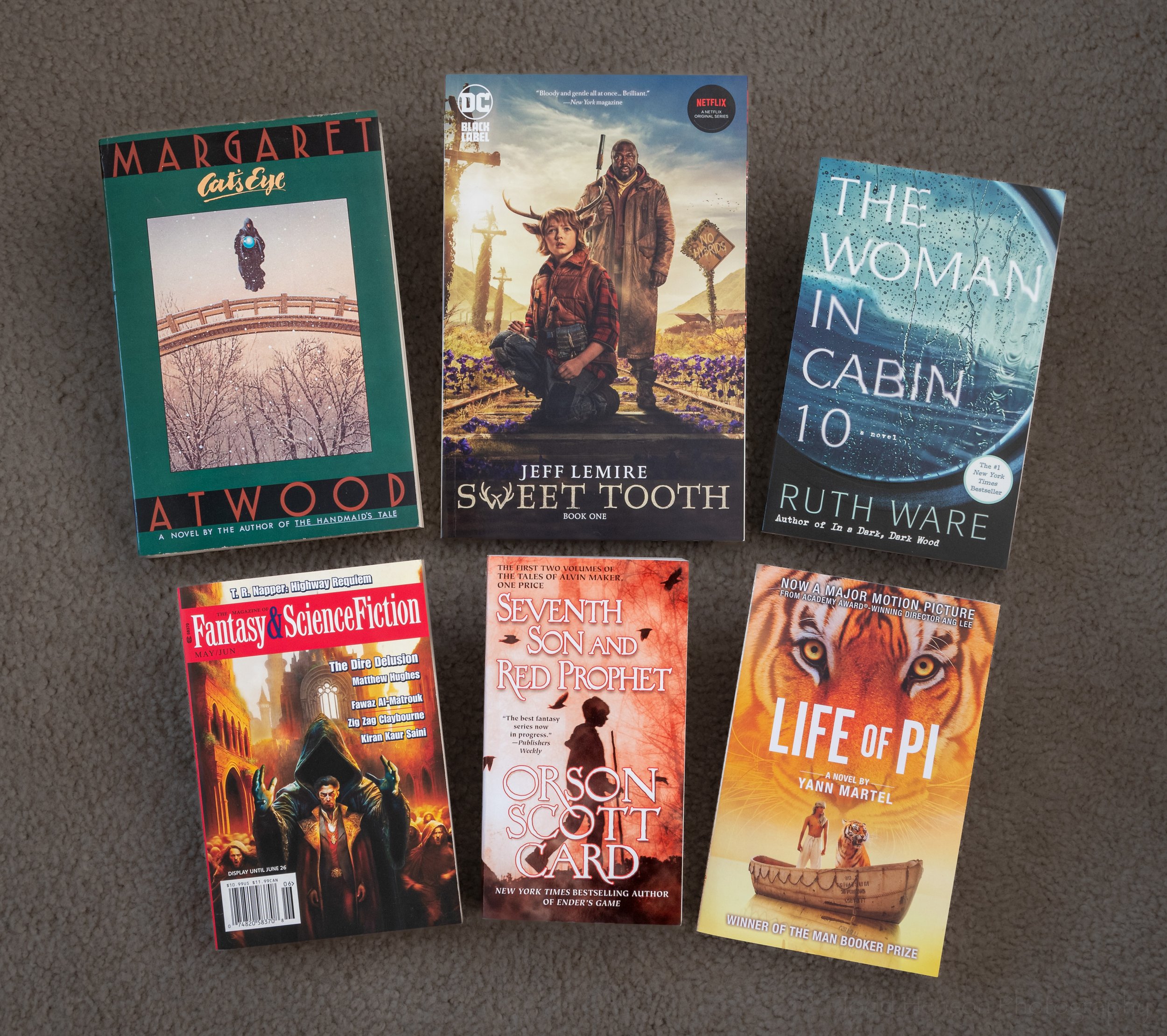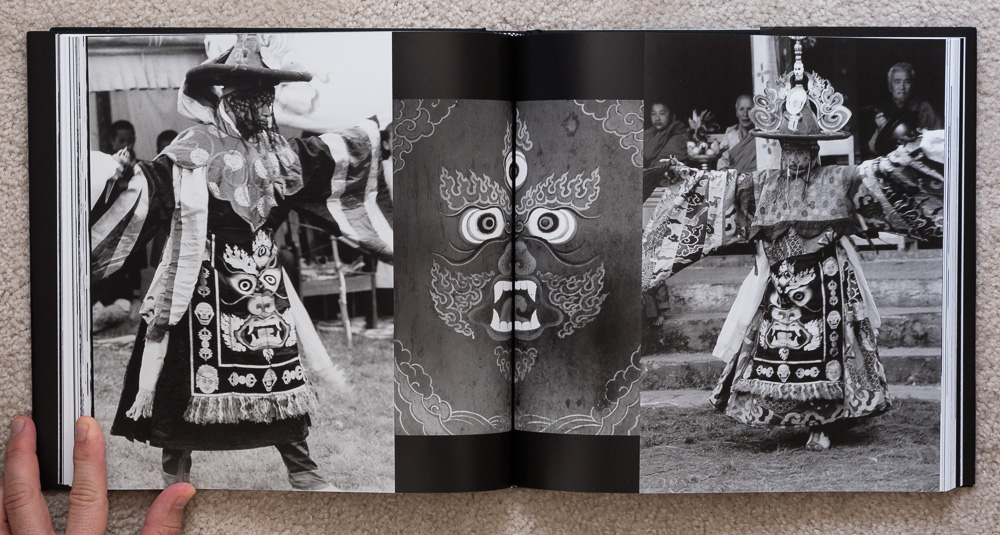This post contains affiliate links and I will be compensated if you make a purchase after clicking on my links. This is at no extra cost to you.
Irving Penn: Platinum Prints collects together in book form the material he donated to the National Gallery of Art in 2002 and 2003. The material included 85 platinum / palladium prints and 17 collages of test prints, all beautifully reproduced in this book.
I purchased this book because I knew the name Irving Penn. But I wasn’t very familiar with his actual work, just that he was a well known American photographer who had worked in the fashion industry. I’m very much a believer in improving ones own work by studying the work of others regardless of how much their subject matter differs from your own. So when I found a copy of the book at a local used book store I grabbed it.
I have always loved the look of platinum and palladium prints, with their fantastic tonal variations, though I haven’t been fortunate enough to view very many in person. As beautiful as the prints look in the book I can only imagine how much more impactful they might be in person.
Irvin Penn: Platinum Prints. Plate 6: New York Still Life, 1947
Irvin Penn: Platinum Prints. Plate 7: Ballet Theatre Group, New York, 1947. Plate 8: Ballet Society, New York, 1948
Irving Penn may be best know for his fashion work, having created many photographs for Vogue magazine. But the prints in this book show his interests went much further than fashion. He created still life images, portraits of well-known and influential people, and of common folk from various cultures around the world. And of course, he also produced photographs related to fashion.
Irvin Penn: Platinum Prints. Plate 12: Mother and Sleeping Child, Cuzco, 1948. Plate 13: Family with Mother Nursing Child, Cuzco, 1948
Irvin Penn: Platinum Prints. Plate 37: Picasso at La Californie, Cannes, France, 1957
I really like this book. The prints are beautiful with such rich tones. The lighting is gorgeous. The book is printed on a thick stock matte paper. Sarah Greenough provided an essay that describes Penn’s life and how he got into platinum / palladium printing. The book also includes a chronology of Penn’s life, a checklist from the exhibition with details about each print, and a lengthy bibliography of works by and about Irving Penn.
Irvin Penn: Platinum Prints. Plate 53: Four Unggai, New Guinea, 1970. Plate 54: Five Okapa Warriors, New Guinea, 1970
Irvin Penn: Platinum Prints. Plate 80: Composition with Skull and Pear, New York, 1979. Plate 81: The Poor Lovers, New York, 1979
This book can be hard to find but if you manage to find a copy I would grab it, or at least take the time to look through it. I would very much enjoy one day seeing some of these prints in person.
Irvin Penn: Platinum Prints. Plate 98: Platinum Test Materials 10/17, 1989. Plate 99: Platinum Test Materials 15/17, 1989
Creating a platinum print is a very hands on process. The Met posted a short video on YouTube where Vasilios Zatse, an assistant of Irving Penn, describes how Penn created his platinum and palladium prints. Check it out if you're curious about the process.
Have you ever seen any of Irving Penn’s prints in person? Are you familiar with his work? Let me know in the comments below.





























































